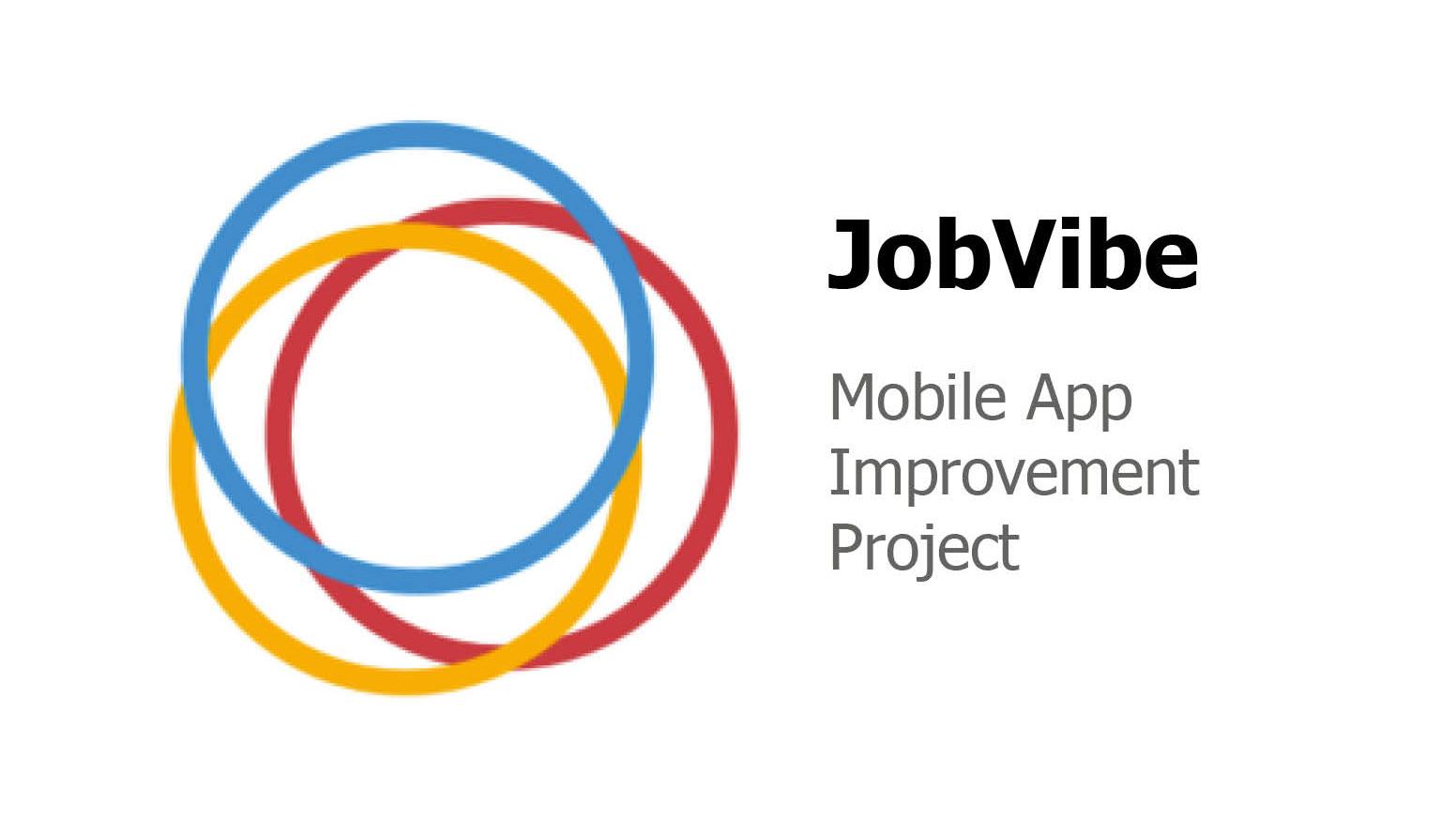Skills and Tools:
1. Competitive and Comparative Research
2. Survey
3. User Interview
4. Usability Testing
5. Wireframe Design
6. Interaction Design for Mobile
Overview
Management team wants to improve their engagement to member and increase member's participation of Bicycle NSW's campaign by designing a new digital solution.
Team & Duration
1 designers
2 weeks
Problem Statement
"No intention to share our comments with them!"
The challenge of Bicycle NSW is the traditional way of political advocacy is not engaging enough to their members. As a result, lack of participation in the campaigns from the members; slow increase on their member numbers do not keep up pace with the desire for safer, bicycle-friendly road in cities across NSW.From previous research on Bicycle NSW members show that a digital solution could help on a numbers of organisation goals, and we need to find out the best “digital solution” for this situation.
Solution Overview
The idea is to create a digital solution that attract member to use, Bicycle NSW could collect user data, and display the aggregated data to members that enable both way communication, besides creating a new channel for the organisation to communicate with members, the data can also use to support bicycle policy advocacy. It can create a share sense of activity and responsibility between the organisation and members.
Process:
Deploy Targeted Research to set direction for the solution.
Hypothesis
Right after we got the task from Bicycle NSW, we come up with our first hypothesis that in order to attract members to participate in advocacy group, a tool that could connect members with Bicycle NSW with useful functions to cyclist and provide channels for them to share comments and participate in advocacy activities, can be a good direction to increase engagement on both sides - Bicycle NSW & cyclists.
Competitive Landscape
Research are conducted on current advocacy group for cyclist and non-cyclist, we found that majority of advocacy group use email and Facebook group to connect with their members, and two bicycle advocacy groups - Bike Sydney and Bicycle Network, have their mobile app in the market to get in touch with cyclist. However, we found low download rate for app because of the poor functionality in the applications, it lead us to the thought about developing a mobile application with good functionality for cyclist could be comparatively possible way to attract member usage.
Understanding behavior
After the research, we arranged user interview with two people about their advocacy activities to know about how people generally react on current channels, knowing that they are currently using email and Facebook page to communicate with their organisation. After that we also interviewed a cyclist who works in a bicycle shop, he commented that a mobile application with cyclist-oriented function with advocacy supporting function will be nice for him.
Further justification
Survey is conducted to get information from more information and justification of the insights we had. We sent out the survey to people who recently cycle in Sydney area, and we got 45 survey results. In the survey we gather information mainly on these three areas: cycling habits and behaviour, advocacy channel preference and tech empathy. The reason is to learn the majority type of cyclist in Sydney, and their expectation and ability to use mobile application for future participation.
Research Synthesis - Personas and MVPs
With the information on hand, we created two persons for this project, one is representing the largestgroup of cyclists in Sydney who is Helen, the commuter, and the second represents the second large group who is Philip, the Leisure rider. Based on these two Persons behaviours and habits, we designed the possible functions for our mobile application that includes functions that are valuable for them to use frequently, at the same time allow them to interact with the organisation. However, applying all functions at the starting point of design is not applicable because the money and time limitation of this project, so we prioritised the features of the application and defined the minimum viable product.
Personas


Minimum Viable Product (MVP) assessment chart
Mobile app concept model
User Flow
Service Design:
How can the solution enhances services quality
Journey Map
In purpose to know how the functions of the new mobile application works, I take the job of synthesise customer journey with services provided by Bicycle NSW to understand how the new solution could take effect on members. On figure.1 we found that current service touchpoints only appear in beforeor after members’ bike journey, and those touchpoints do not have dedicated purpose for members on campaign participation.
To increase the member engagement, the best method is to get Bicycle NSW involve in the whole customer journey. On figure.2, the proposed solution will take effect on the way along the journey with different tools and strengthen the pre and post cycling effect of Bicycle NSW, so members have more touchpoints to get in touch with Bicycle NSW both proactively and passively to provide information in channels that are clearly defined by gather member opinions to improve bicycle environment.
Figure 1: Member's journey map with current Bicycle NSW service touchpoints.
Figure 2: Member's journey map with proposed Bicycle NSW service touchpoints.
Solution Review
This area will show the artefacts of wireframe and prototypes, with explanation on how it works.
The mobile app’s name called Go Bike, on the first landing page it will show the main functions which are “Record Ride”, “Navigation” and “Campaigns”.
This is the “Record Ride” page, these functions are mainly for users who know their route, they could use this function to record their performance during the ride.
The report incident button on the top-right bottomsis available for user to report the road status anytime whenever they want to report is during the ride or after.
The Navigation page, alike other map or navigation tool/app, it shows the map and allow users to point out their start and end point, but the special function tailor-made to cyclist is that it shows the fastest route and safest route for user to choose from. Bicycle NSW can gather cyclist route information and proactivity arise campaign to modify the cycling route that are mostly use by members.
This is Incident report page, this function is available when user uses“Record” or “Navigation” and allow user to access this page on in “hamburger menu”, users report on-road incident and provide details about it. Report will send to Bicycle NSW and help the organization to take further action.
The “Map of Reports” page, users can browse around the map, check out the incidents reported by others. It can help cyclist to plan their route and participate on local cycling incidents. Bicycle NSW can also use this platform to decide which issue to advocate first by the users caring level.
The “Campaign” page, shows the campaigns host by Bicycle NSW, it provides a quick access for users to get involve to thecampaign by voting and commenting by mobile app, but not using the traditional way such as mailing or emails which cost much effort and time.
Result and takeaways
The project ends here, although this is a mock project, but our team focused on doing appropriate research and ideate step by step to come up with the final solution mockup. We ran a few prototypes testing and got some positive feedback. We believe this can be a good solution for Bicycle NSW to achieve what they want to do and get members engagement at the same time.
End of Case Study - Bicycle NSW - The GoBike App Project





